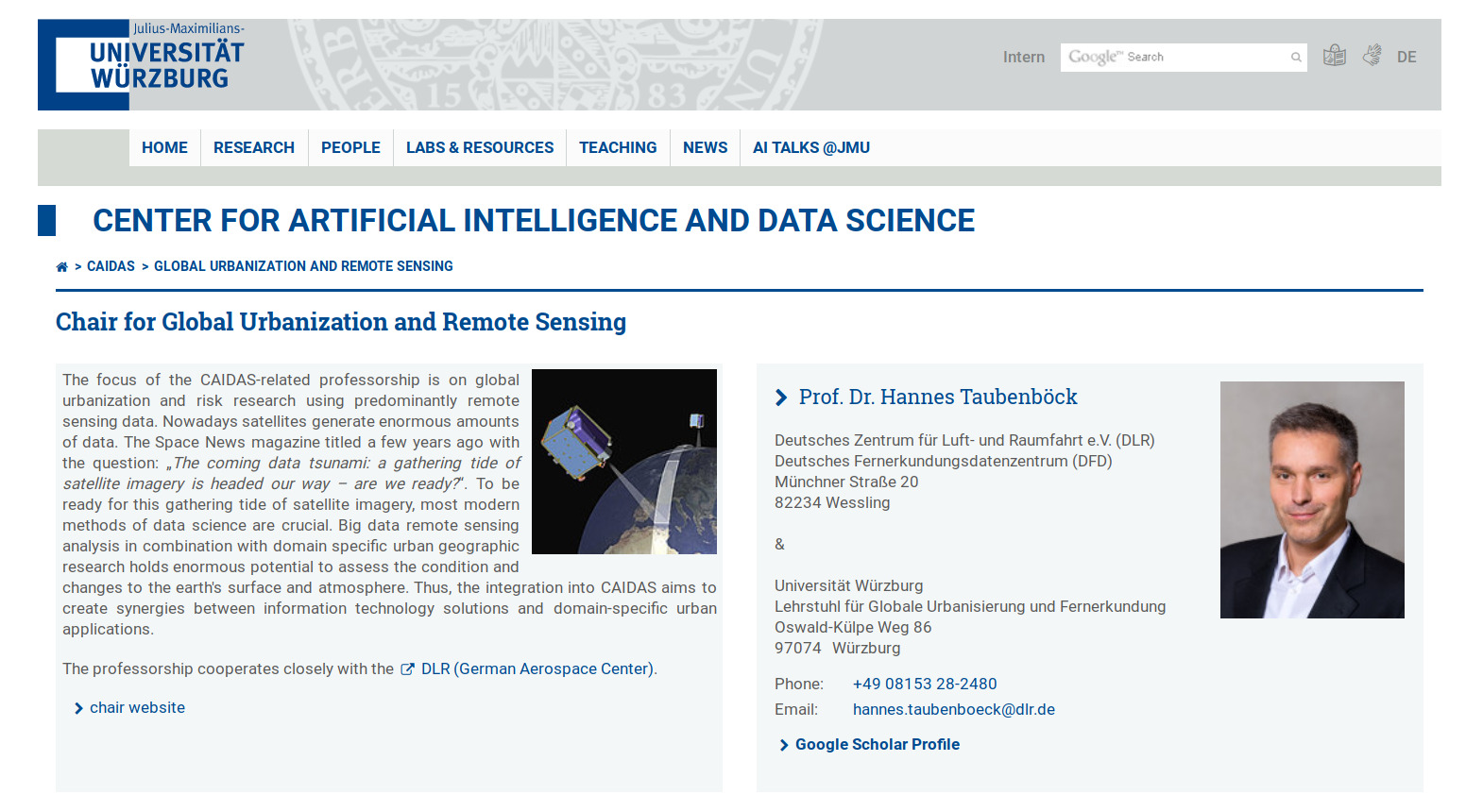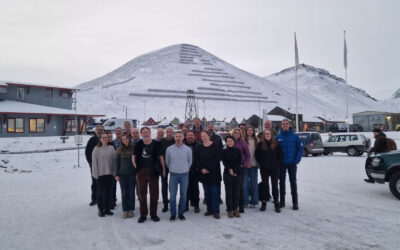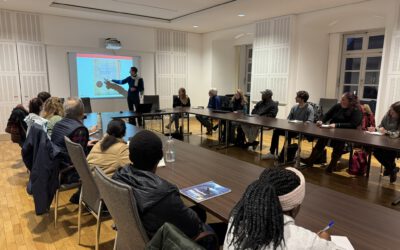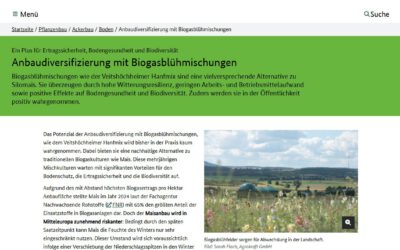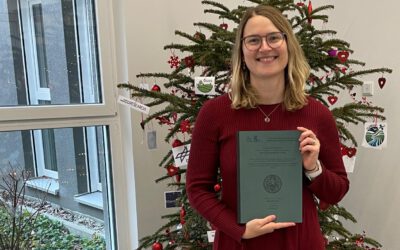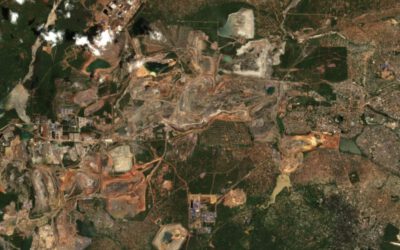Hannes Taubenboeck is also linked to the CAIDAS, which is the Center for Artificial Intelligence and Data Science of the Julius-Maximilians-Universität (JMU) Würzburg which aims to develop AI methods, new research topics and the transfer into applications. This is done through close links with the various scientific fields of the university. In addition, societal aspects will likewise be comprehensively examined. CAIDAS is the Data Science node in the Bavarian network of AI within the Hightech Agenda Bavariaas stated by the Minister-President.
We are happy to be part of this exciting activity and we are very much looking forward to interesting joint research projects.
Read the article about Hannes here: https://www.uni-wuerzburg.de/en/caidas/research-groups/global-urbanization-and-remote-sensing/

